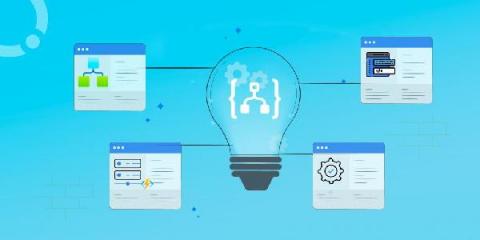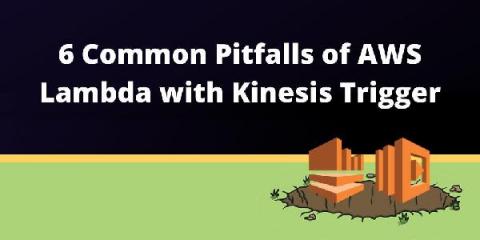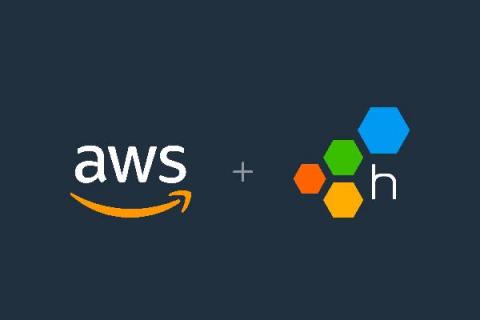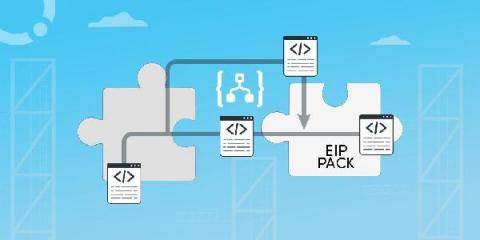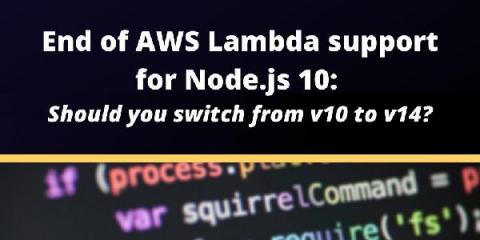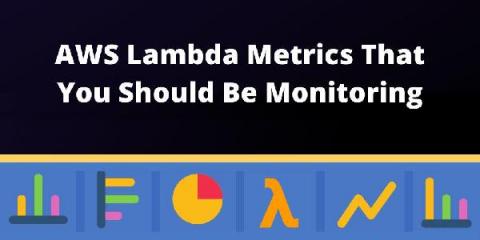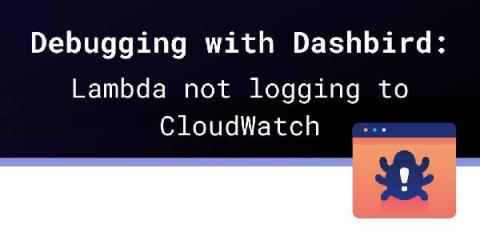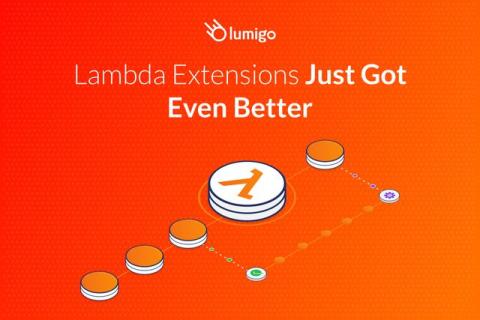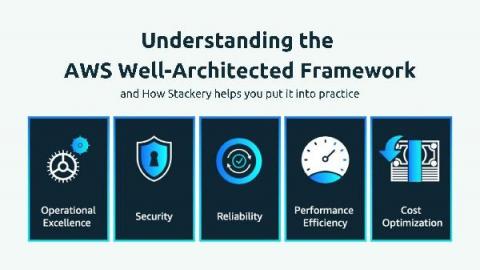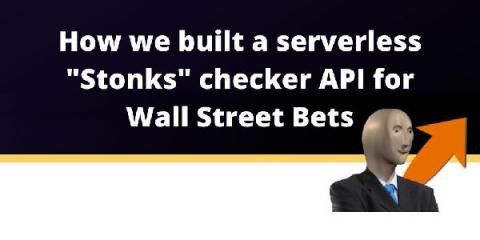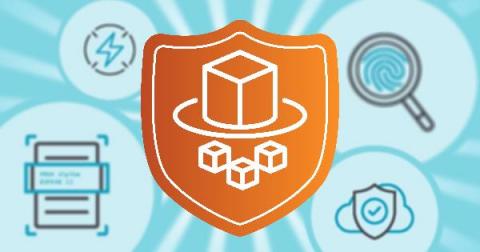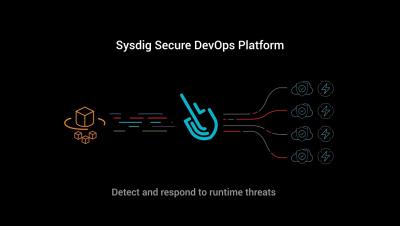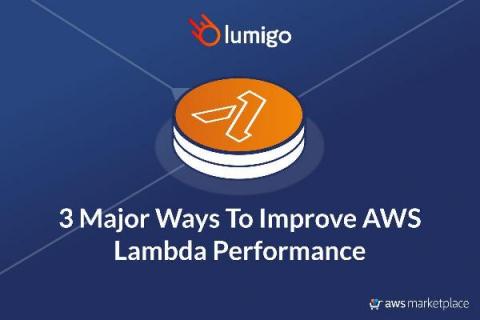Operations | Monitoring | ITSM | DevOps | Cloud
May 2021
Serverless Stonks checker for Wall Street Bets: week 3 activity report insights
A few weeks ago we posted the “How we built a serverless Stonks checker API for Wall Street Bets” article. And ever since, we’ve seen quite a lot of volume in the Stonks checker app. In this follow-up article, we will show you some interesting findings around the API. Over the past three weeks, we have seen a good amount of usage of the API we set up. You can see that there was a nice spike soon after the story broke.
Architecting for Serverless in 2021
6 Common Pitfalls of AWS Lambda with Kinesis Trigger
This article was written for the Dashbird blog by Maciej Radzikowski, who builds serverless AWS solutions and shares his knowledge on BetterDev.blog. Kinesis Data Streams are the solution for real-time streaming and analytics at scale. As we learned last November, AWS themselves use it internally to keep, well, AWS working. Kinesis works very well with AWS Lambda.
No-code AWS Lambda Monitoring
Auto-instrumenting AWS Lambda Monitoring didn’t originate through a focus group or business plan. It started as a hackathon project that addressed the tedium of removing manual code instrumentation. Developer environments often include hundreds of AWS Lambda functions. And our existing instrumentation required initialization code to be manually placed on every single function.
Easily Debug Your AWS Lambda Functions With Honeycomb
With the Honeycomb extension for AWS Lambda, you no longer need to make your Lambda functions Honeycomb-aware. Today, AWS announced the general availability of AWS Lambda Extensions, which make it easy for us to send logs from your Lambda functions directly to Honeycomb. In October, we announced Honeycomb’s extension for AWS Lambda as part of a preview launch. Today, we’re pleased to announce everyone can now use this extension to easily debug their AWS Lambda functions with Honeycomb.
AppDynamics AWS Lambda Extension Is Now Generally Available
We are happy to announce that the AppDynamics AWS Lambda Extension is now generally available to our customers.
Why your next serverless project should use AWS AppSync
Build Automated, Scalable Enterprise Integration Workflows by Using the Enterprise Integration Pack (EIP) with Azure Logic Apps
End of AWS Lambda support for Node.js 10: Should you switch from v10 to v14?
It’s the end of AWS Lambda support for Node.js v10. AWS Lambda support for Node.js 10 is due to end in August 2021. It’s time to switch! In this article, we’re discussing and comparing the differences of working with Node.js 10 and Node.js 14 + AWS Lambda, the impacts, and benefits of this change. AWS Lambda supports multiple versions of programming language runtimes, but not forever.
See Lumigo In Action (Demo)
Lambda Metrics That You Should Be Monitoring
What are the crucial AWS Lambda metrics you should definitely be monitoring? Your application does not need to be “huge” for it to have enough functions and abstraction to get lost in it. As a DevOps engineer, you can’t cover every single factor. Showing relevant facts and asking the right questions is crucial! So when there’s a fire, you can troubleshoot in no time. Every organization is unique, and every workload has its own utility.
No-code Lambda Monitoring
Auto-instrumenting Lambda Monitoring didn’t originate through a focus group or business plan. It started as a hackathon project in which our growth team used Cloudwatch to build a prototype that could instrument Lambda functions with Sentry. We did this by using Cloudformation’s stack to automatically create resources in a customer environment while streaming CloudWatch Logs to Sentry through the Kinesis Firehose.
Debugging with Dashbird: Lambda not logging to CloudWatch
Lambda not logging to CloudWatch? It’s actually one of the most common issues that come up. Let’s briefly go over why this problem needs to be solved. CloudWatch is the central logging and monitoring service of the AWS cloud platform. It gives you insights into all the AWS services. Even if you can’t deploy and test serverless systems locally, CloudWatch tells you what’s happening to them.
Lambda Extensions Just Got Even Better
AWS announced AWS Lambda Extensions back in October 2020 and I wrote extensively about it at the time – what it is, how it works, and why you should care. In short, Lambda Extensions allow operational tools to integrate with your Lambda functions and run either in-process alongside your code or in a separate process. To better understand the problems they solve and their use cases, please read my previous article.
Webinar: Boost up your serverless applications with Amazon EventBridge
Understanding the AWS Well-Architected Framework
Designing and running workloads in the cloud is complex. Many services need to fit together in just the right way for optimal performance. The opportunity for error lurks around every corner. This is a high-stakes game with a huge premium on getting things right from the beginning. Even small mistakes can snowball. To help, AWS studied the architectures of thousands of its customers and supplemented that learning with insights from experts.
Monitor your Google serverless applications with Datadog
Google Cloud Platform is growing quickly, providing solutions for everything from cloud storage to managed Kubernetes to serverless computing. Since Google App Engine launched in 2008, Google’s suite of serverless products has expanded to help enterprises accelerate application development without having to manage or scale their own infrastructure.
How we built a serverless "Stonks" checker API for Wall Street Bets
A while ago, a merry bunch on Reddit at the subreddit r/WallStreetsBets (WSB) took on Wall Street. Ironically, through an app called Robinhood. As Alanis Morisette would say, “A little too ironic, don’t ya think?” You had to be in there and in the know at the right time to benefit from the situation. That’s why we built a serverless API to keep track of all the hot and trending stock chats on WSB, that will notify you when the next GME is about to blow up.
Securing AWS Fargate workloads: Meeting File Integrity Monitoring (FIM) requirements
Securing AWS Fargate serverless workloads can be tricky as AWS does not provide much detail about the internal workings. After all… it’s not your business, AWS manages the scaling of underlying resources for you. :) While the security and stability of Fargate’s system is an inherent feature, Fargate follows a shared responsibility model, where you still have to take care of securing those parts specific to your application..
Choosing the Best AWS Serverless Computing Solution
Serverless computing is becoming increasingly popular in software development due to its flexibility of development and the ability it affords to test out and run solutions with minimal overhead cost. Vendors like AWS provide various tools that enable businesses to develop and deploy solutions without investing in or setting up hardware infrastructures. In this post, we’ll cover the many different services that AWS provides for supporting serverless computing.
AWS Fargate runtime security - Implementing File Integrity Monitoring with Sysdig
3 Major Ways To Improve AWS Lambda Performance
This piece was originally three different blogs but is now one. In this piece, we lay out three ways you can improve your AWS Lambda performance. So much has been written about Lambda cold starts. It’s easily one of the most talked-about and yet, misunderstood topics when it comes to Lambda. Depending on who you talk to, you will likely get different advice on how best to reduce cold starts.
Six AWS Lambda Cost Optimization Strategies That Work
In 2021 it’s common practice for businesses to use a pay-as-you-go/use pricing model. It’s no different with Amazon. It’s also the primary reason why this article is such an important read for all those looking to reduce their AWS Lambda costs. In this article, we will go over six actionable strategies to optimize the cost relating to our AWS Lambda usage. One of the main reasons for choosing to move into the cloud is the ability to reduce costs.


